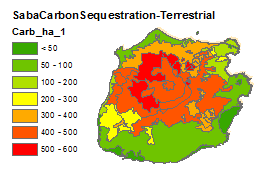Management Recommendations:
Expand the boundaries of the Washington Slagbaai National Park to include all the salts flats included in this monitoring program as well as their catchment areas in order to give adequate protection to the whole system of lagoons located in northwestern Bonaire.
Approach the Ramsar convection with the proposal to change the Ramsar designations of Salina Slagbaai and Salina Goto for one denomination that will include all the Salt flat in the system using the name of our Washington Slagbaai National Park.
Keep collecting data for the long term monitoring programs. It is fundamental for the proper management of our natural resources.
Hire more staff for the Natural and Historic Resources Unit of STINAPA Bonaire.
As resources and/or time become available, conduct scientific research for a better understanding of the ecological functions of the salt flat as a habitat for water birds.
As resources and/or time become available, start baseline research for a monitoring program for the nesting season of our resident waterbirds.
As resources and/or time become available, expand the monitoring program in order to include the salt flats in Central and South of Bonaire.
Improve this monitoring program by moving up to the next level through participation in the CWC (Caribbean Waterbird Census). This is an initiative taken by the SCSCB (Society of Conservation and Study of Caribbean Birds).


